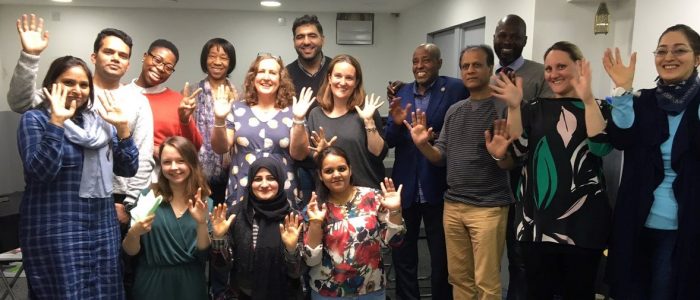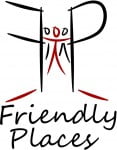Access to healthcare: Lifting the lid on language barriers

How often do you hear someone say, “I’ll cross that bridge when I come to it”?
As a phrase, it’s used as an ‘off-the-cuff’ analogy to refer to a barrier to overcome, or finding a way around something on a journey to achieving an aim. How could you relate that to someone needing to access healthcare but who can’t speak the language? “When I get there, I don’t understand what anyone is saying to me” – It just doesn’t work…
Language barriers
NHS trusts and other healthcare providers face a growing challenge to meet the changing communication needs of the UK’s increasingly diverse population. Around one in ten people in the UK don’t speak English as their first language, and in areas like London, the figure grows to around one in five people. As a trend, this is set to continue, with data from the ONS showing that over the next 25 years, net international migration will account for almost three-quarters of UK population growth.
A lack of English language skills can prevent individuals from meeting a whole host of their different needs, from making friends and feeling they belong in their local community, to accessing essential services that most of us take for granted. Sadly, during the past year, language barriers have been a major reason as to why some groups have been disproportionately affected by COVID-19.
Language and healthcare
When it comes to healthcare more generally, language barriers can prevent people from engaging in conversations with their doctors and other clinicians. Studies conducted over the past thirty years show that a clinician’s ability to explain, listen and empathise can have a huge impact on health outcomes for people, as well as their levels of satisfaction for a service. How can healthcare providers deliver a quality care service to someone, if they can’t understand what a clinician is telling them? The truth is that language barriers can result in miscommunications that affect a person’s understanding of their condition or treatment, which can be potentially life-changing or even life-threatening.
Limited solutions
The growing number of people with limited proficiency in English is concentrated around large urban areas, which means the need for language support is already acute in large cities like London. Whilst healthcare providers can use interpreters, this is dependent on availability. Providers also need to ensure consistent quality of translation to build and maintain trust and understanding. Getting those elements in place consistently is unlikely to be realistic.
The cultural beliefs of individuals also need to be considered, and clinicians often see people who rely on family members and friends to act as interpreters. This too can, however, present a number of problems. Those asked to step in as impromptu interpreters may lack appropriate language skills, knowledge of medical terminology, or fail to translate complex information correctly. Their actions could also present difficult and serious issues around a person’s confidentiality.
For clinicians whose time is already scarce, owing to pressures on health organisations in local communities, relying on interpreters also requires spending time organising and overseeing the process.
Finding new solutions
Finding a solution to helping these people navigate through their health care experiences is the key. Whilst many local healthcare providers may already use over-the-phone translation services to summon help from an interpreter, perhaps this is where the right modern technology could can make a huge difference. For example, this could include accessing tools such as translation devices or apps.
- The Lancashire and South Cumbria NHS Foundation Trust, for example, is one of the healthcare providers using Pocketalk – a real-time language translation device, used to overcome language barriers during the COVID-19 pandemic.
- Having clinicians who are bilingual would also be helpful for people; not only can they help translate important information, but they can also help their organisation communicate in a way that takes cultural differences into account.
- Encouraging clinicians to be more visual and use visual prompts could be another way of overcoming communication barriers. People are more likely to remember and understand information with clear visual prompts like diagrams, images and models.
Whatever the solution may be, what matters most is that healthcare providers use a combination of the right people and translation technology to prioritise breaking down and removing communication barriers, and improving the outcomes for patients who don’t speak English as their first language.
On the other hand, there is a role for faith and civil society groups to play in providing language learning opportunities to the individuals facing these barriers. One example we are particularly proud of is FaithAction’s very own Creative English programme.
For more details about this Creative English model and how you and your community may get involved, see the website or contact us at [email protected]


